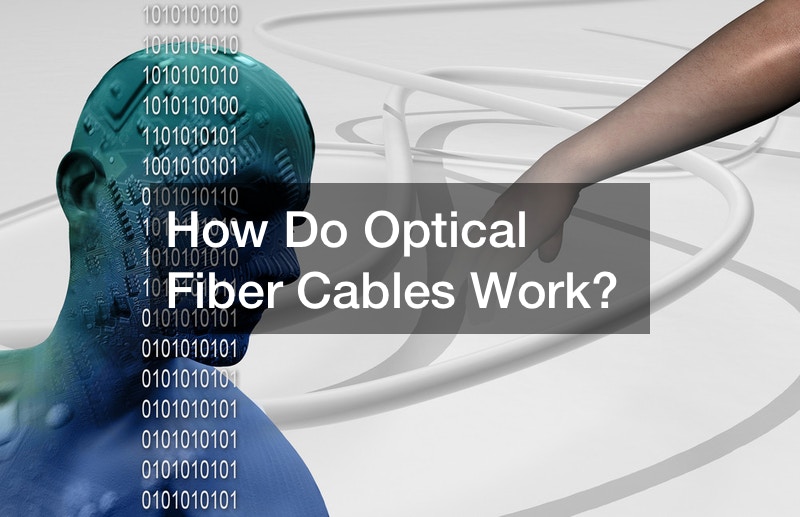
In this YouTube video, Lesics discusses how optical fiber cables work within fiber network services. More than one kind of optical cable and different fiber cables have their own distinct purposes within a fiber network system.
Optical fiber cables comprise thousands of glass strands, each of a similar thickness to a human hair.
The fibers carry information in the form of light. The speed of light changes when it passes through an object due to refraction and can be manipulated using angles and objects to bounce it.
Because it can bounce at different angles, light that carries data passes through the fiber optic cable and can travel extremely long distances. Any information can be translated into a sequence of ones and zeros. The frequency of ones is a higher one than zeros.
When the signals reach the other end, the machinery interprets these high and low frequencies in various patterns, machine-translated into data. This data is then displayed according to the software instructions of the device on which it appears. Fiber network services work with other amplification devices around the globe to bounce signals to and from different devices.

